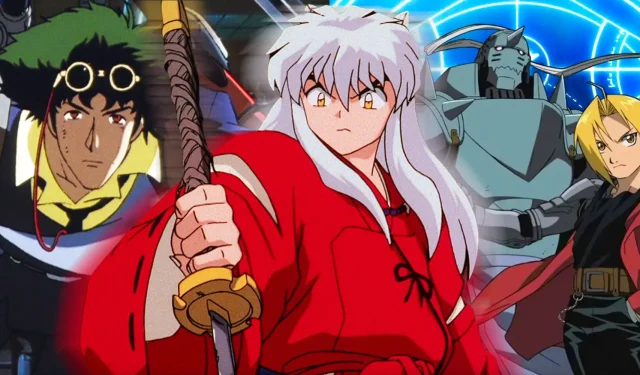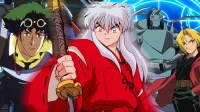Reflecting on the evolution of anime in the United States, it’s impossible not to acknowledge the pivotal role Cartoon Network played in the late 1990s and early 2000s. Prior to this, anime in the U.S. was a niche market, relying heavily on a handful of distributors offering content through VHS tapes and laserdiscs. Meanwhile, Japan was experiencing a creative boom, birthing classics like Neon Genesis Evangelion and Revolutionary Girl Utena, primarily appreciated by a dedicated group of early otaku.
With the introduction of Toonami and Adult Swim, Cartoon Network revolutionized the anime landscape by providing a platform for a broader audience to engage with this vibrant art form. These programming blocks not only brought thrilling, emotionally charged Japanese animation to American screens but also fostered a burgeoning fandom. In this article, we will explore ten of the most influential anime series ever aired on Cartoon Network, each contributing to the reshaping of genre conventions and narrative possibilities in American television.
1
Dragon Ball Z
Based on the Manga by Akira Toriyama
Debuting in the U.S. in 1996, Dragon Ball Z became the cornerstone of Toonami’s lineup, tracking the epic adventures of Goku as he defends Earth from formidable foes. Its legendary arcs—such as the Saiyan Saga and the confrontations with Frieza, Cell, and Majin Buu—are particularly well-known for their high stakes and intense combat. While the original manga blended humor and action, the anime adaptation leaned into suspenseful storytelling, captivating audiences week after week.
Produced by Toei Animation, the show’s English dub by Funimation swiftly gained acclaim. With its unyielding heroes and the classic theme of perseverance, Dragon Ball Z transcended mere entertainment to become a cultural touchstone in the West, inspiring merchandise, cosplay, and a wealth of memes. Its success on television illustrated that anime could flourish on U.S. cable networks, creating a pathway for future animated series.
2
Naruto
Based on the Manga by Masashi Kishimoto
When Naruto debuted on Cartoon Network in 2005, it ignited excitement among younger viewers with its compelling ninja school premise, dynamic fight scenes, and accessible protagonist, Naruto Uzumaki. Charting Naruto’s growth from an outcast to a hopeful Hokage resonated deeply with fans. The show’s Chunin Exam arc became a standout moment, acting as an entry point for a generation of new anime enthusiasts in the U.S.
Animation by Studio Pierrot showcased vibrant character designs and expertly crafted battle choreography. The English dub, distributed by Viz Media, further captured American audiences. Naruto’s emotional impact and expansive character roster helped it ascend to global success, solidifying its status as one of the foremost shōnen franchises and a major hit for Cartoon Network.
3
Yu Yu Hakusho
Based on the Manga by Yoshihiro Togashi
Premiering on Cartoon Network in 2002, Yu Yu Hakusho swiftly gained a devoted fanbase with its rich blend of supernatural elements and dark humor. The plot follows Yusuke Urameshi, a delinquent who is granted a second chance at life as a Spirit Detective dedicated to uncovering paranormal threats. The show’s evolution—from a ghostly narrative to a complex martial arts saga—captivated audiences throughout its run.
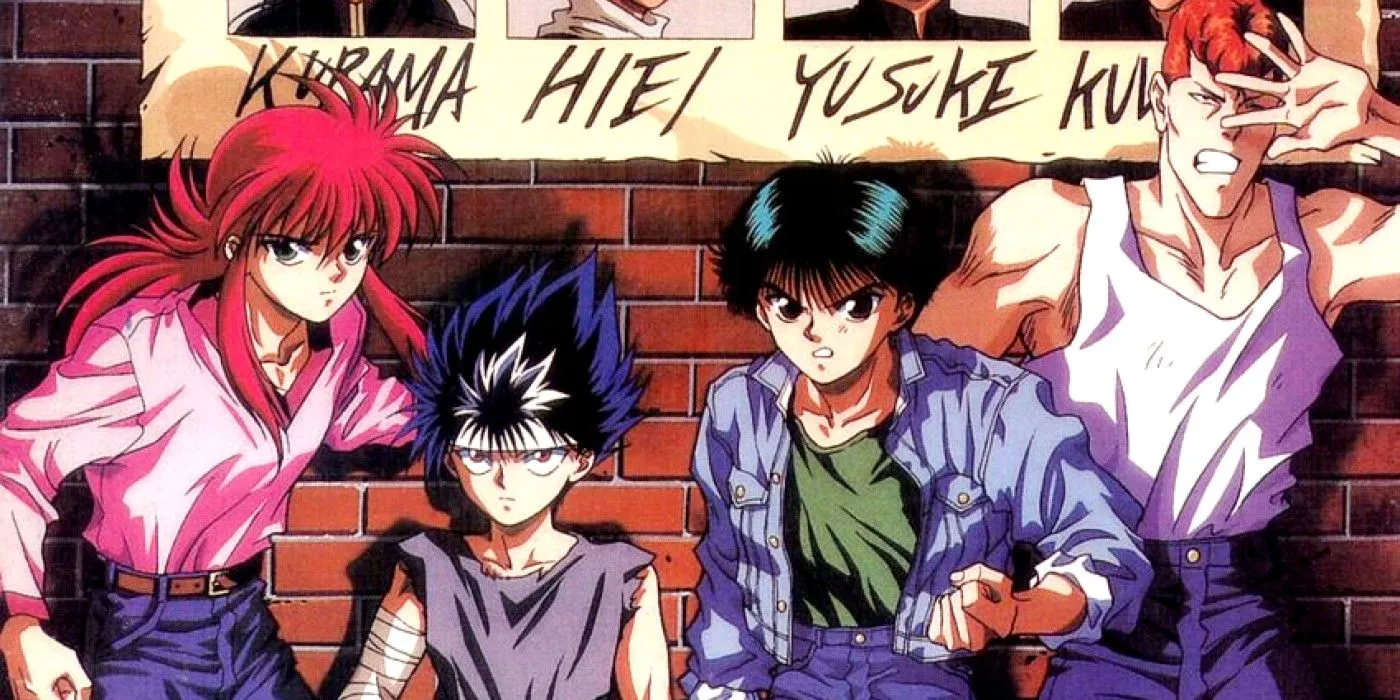
Animated by Studio Pierrot and originally airing in Japan from 1992 to 1995, Yu Yu Hakusho featured exhilarating fight sequences and a memorable English dubbing. This series emerged as a sleeper hit, frequently ranking among Toonami’s top shows, solidifying creator Yoshihiro Togashi’s influence and demonstrating that character-driven narratives could succeed within the Saturday morning cartoon format.
4
One Piece
Based on the Manga by Eiichiro Oda
The journey of Monkey D. Luffy and his crew in One Piece made waves in American households when it aired on Cartoon Network in 2005. Despite the heavily edited 4Kids dub, the show captured the essence of Luffy’s adventures—a grand narrative about friendship, freedom, and high-seas escapades. Every crew member brought a unique backstory that added emotional depth to the action-packed narrative.
Toei Animation artfully rendered Eiichiro Oda’s extensive world with vivid colors and dynamic characters. Despite the rocky start and censorship hurdles, One Piece gained significant popularity, eventually leading to a new Funimation dub. Today, the series stands as one of the longest-running and most commercially successful anime franchises in history—its impact unmistakable, paving the way for successful adaptations like the live-action version on Netflix.
5
Cowboy Bebop
Original story by Shinichiro Watanabe
Launched in 2001 during Adult Swim’s inaugural days, Cowboy Bebop set a new standard for anime, offering an experience that was previously unseen by mainstream audiences. Set in a stylishly gritty future, the series follows a ragtag team of bounty hunters as they navigate space and their haunted pasts. Its episodic approach allowed for innovative storytelling that spanned multiple genres, culminating in a haunting finale that left a lasting impression on viewers.
The collaboration between Sunrise’s animation, Yoko Kanno’s evocative score, and Watanabe’s cinematic storytelling resulted in an anime that felt akin to a movie experience. Serving as a critical entry point for Adult Swim viewers, Cowboy Bebop demonstrated that anime could engage with serious themes, sophistication, and emotional depth, earning its reputation as one of the most revered anime series in American history.
6
Mobile Suit Gundam Wing
Based on the concept by Yoshiyuki Tomino
When Gundam Wing premiered on Toonami in 2000, it introduced many American viewers to the iconic Gundam franchise. Set in the After Colony timeline, this series follows five teen pilots battling in colossal mechs. Unlike typical action-centered narratives, Gundam Wing engaged audiences with themes of political conflict and complex moral dilemmas.
Originally produced in 1995 by Sunrise, the series resonated with viewers in both Japan and the U.S., especially as its dramatic elements and sleek mecha designs gained traction. Toonami aired the original series along with its sequel film, Endless Waltz, leading to a surge in popularity for Gundam model kits. Gundam Wing played a significant role in generating sustained interest in the franchise that persists to this day.
7
Inuyasha
Based on the manga by Rumiko Takahashi
Inuyasha melded time-travel, romance, and folklore with its narrative of a modern girl and a half-demon warrior. Its combination of action and emotional depth captivated audiences when it aired on Adult Swim in 2002. The series, adapting Rumiko Takahashi’s well-loved manga, intricately wove a love triangle involving Kagome, Inuyasha, and Kikyo against a backdrop of fantastical battles.
With striking animation by Sunrise, Inuyasha featured breathtaking visuals alongside heartfelt character development. The fanbase flourished with creative expressions such as fan art and cosplay. This series marked a significant moment for Adult Swim, introducing an older demographic to the allure of fantasy-driven anime and proving that shōnen narratives with romantic elements could find widespread success in the West.
8
FLCL
Original Story by Kazuya Tsurumaki
FLCL‘s explosive entry onto Adult Swim in 2003, with only six episodes, felt akin to a vibrant pop-punk music film. The narrative delves into the chaotic adolescence of Naota, a 12-year-old whose life is upended by a woman with a bass guitar. This bizarre premise leads to an array of surreal experiences that echo the turbulence of growing up.
Animated by Gainax and Production I.G., this dynamic series was crafted under the direction of Kazuya Tsurumaki, who aimed to portray adolescence’s chaotic nature. Its rapid editing, genre-blending structure, and a memorable soundtrack by The Pillows resonated with many, cementing its status as a cult classic that viewers embraced for repeated analysis and appreciation.
9
Outlaw Star
Based on the Manga by Takehiko Ito
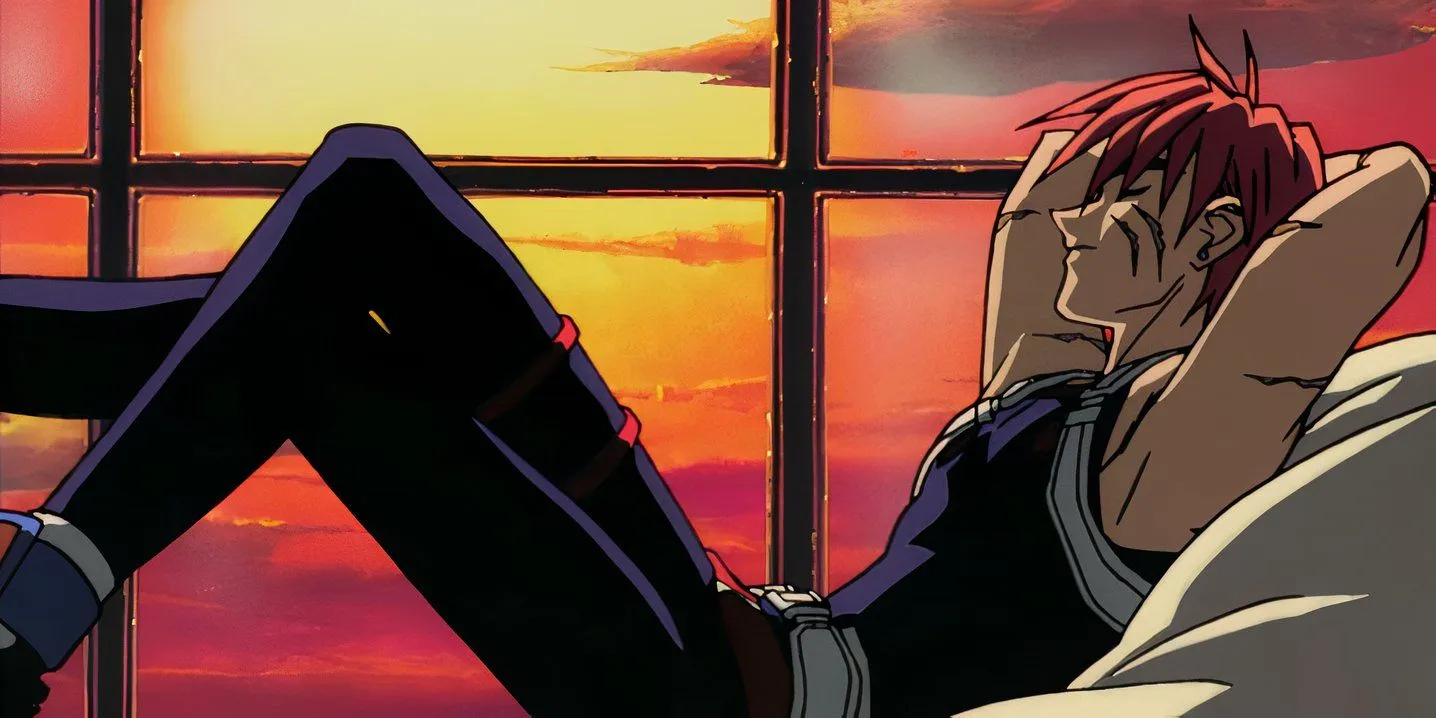
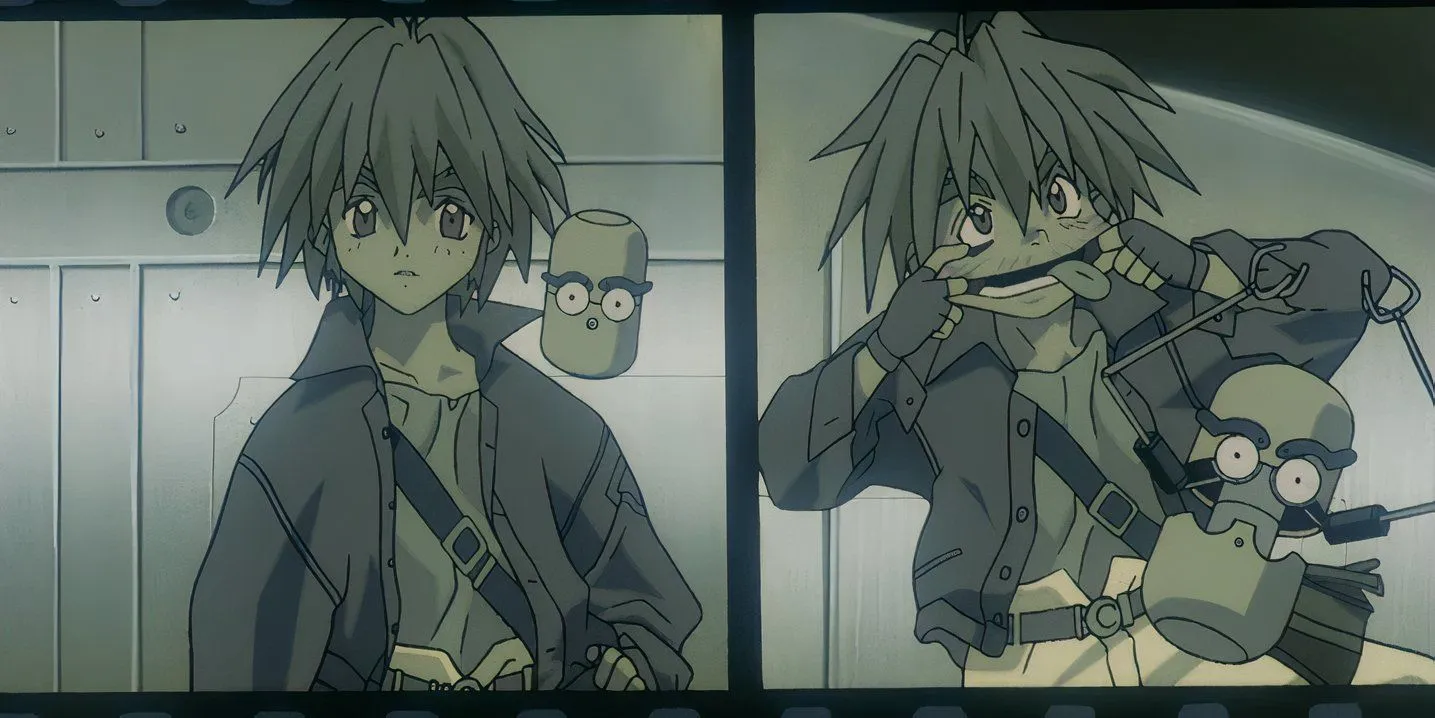
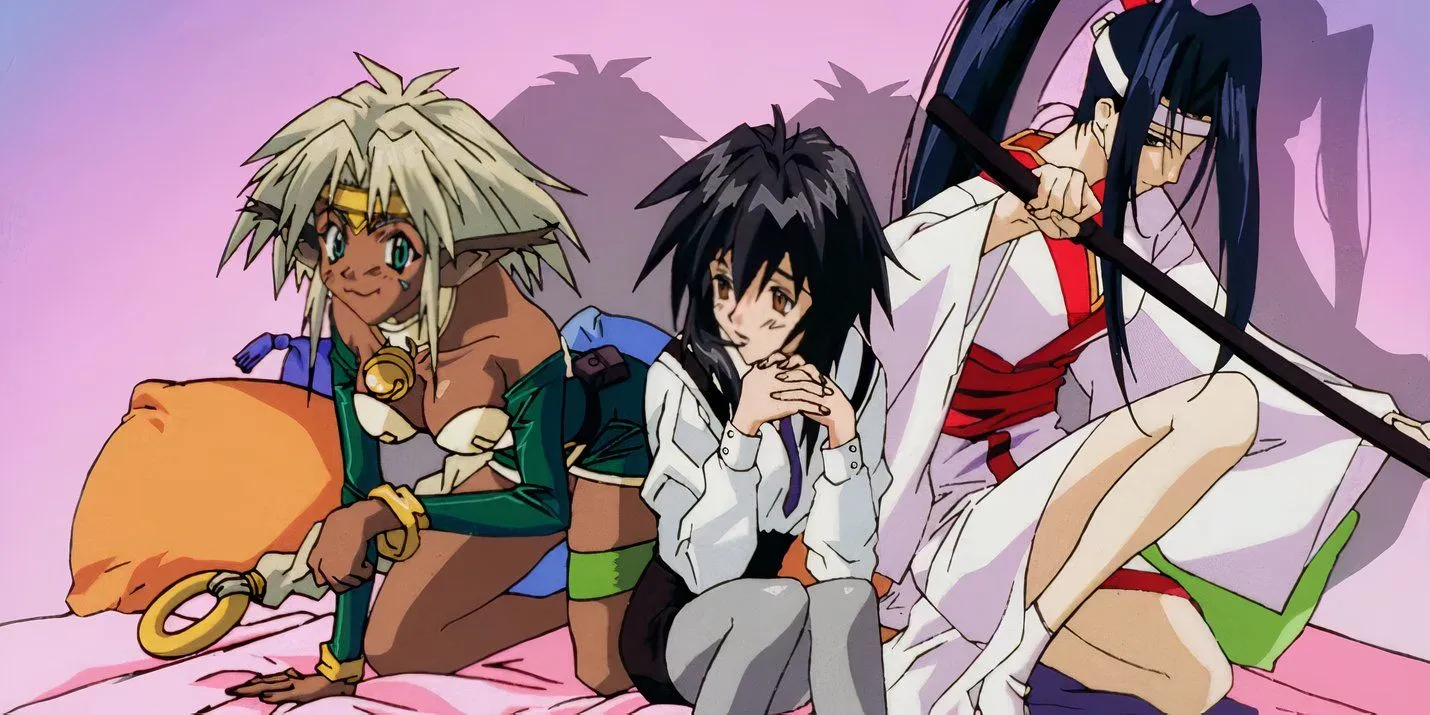
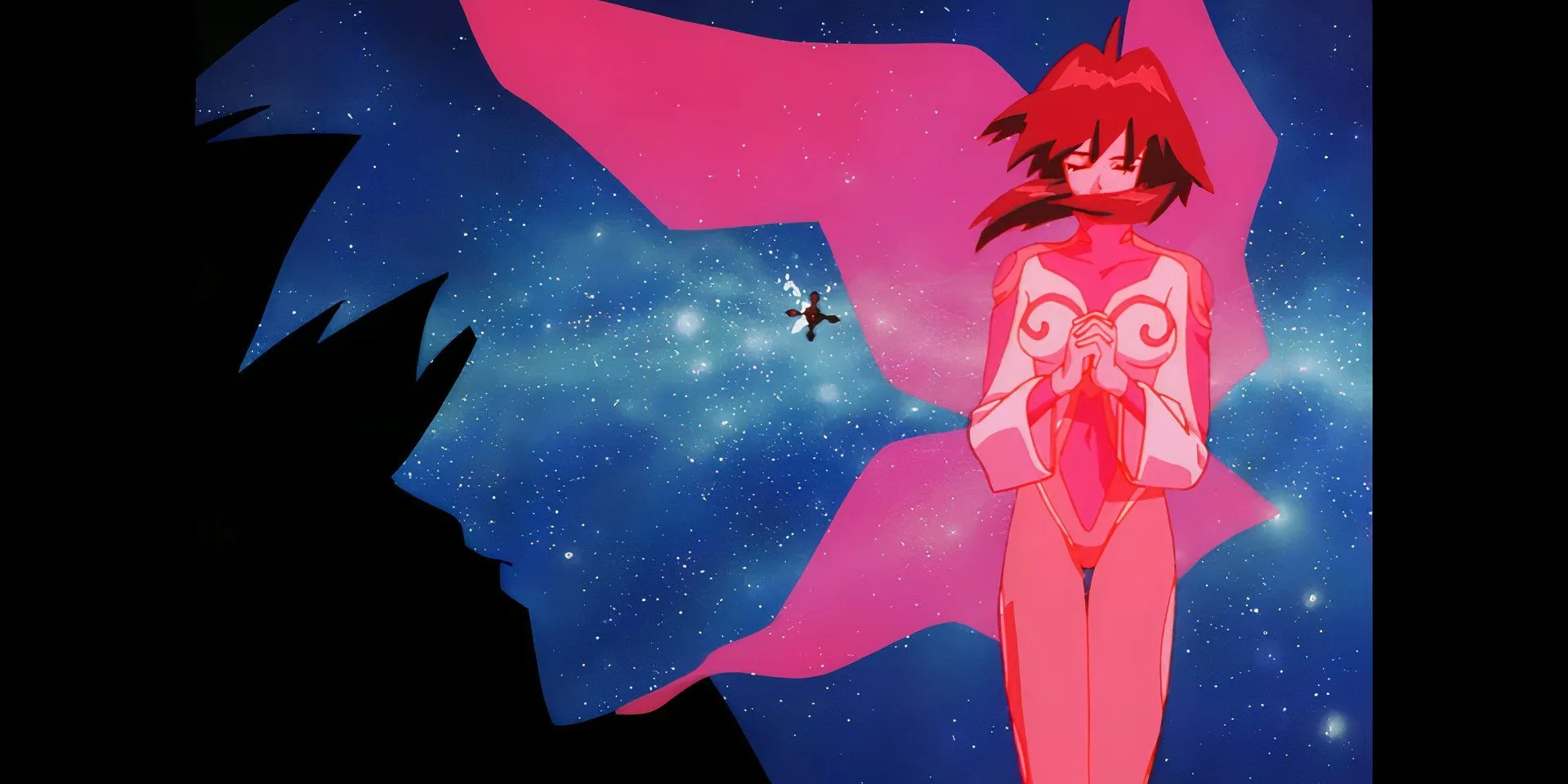
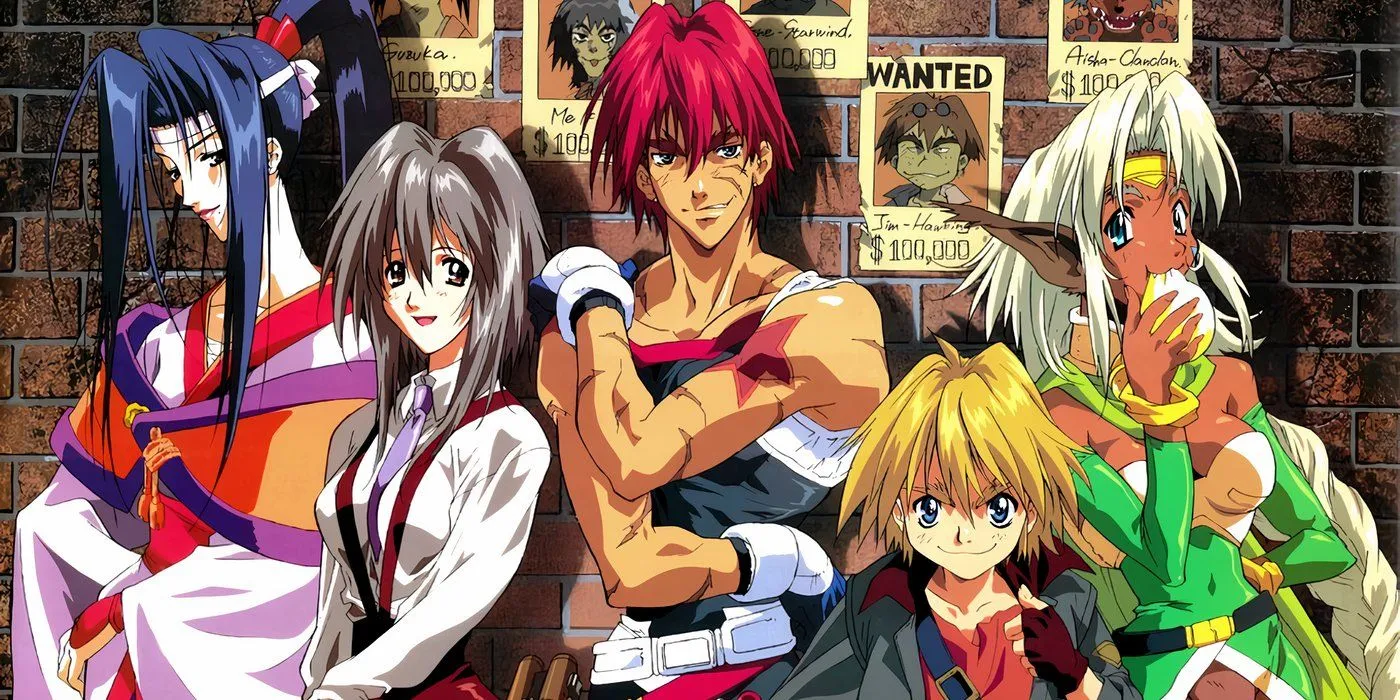
Airing on Toonami in 2001, Outlaw Star captured audiences with its mix of space pirates, advanced weaponry, and unique characters. Following Gene Starwind and his crew in their quest to uncover the Galactic Leyline, this series seamlessly blended Western sci-fi tropes with Eastern mystical elements, establishing itself as a more mature counterpart to other popular shows like Dragon Ball Z.
10
Rurouni Kenshin
Based on the Manga by Nobuhiro Watsuki
Rurouni Kenshin, set in Japan during the Meiji Restoration, explores the story of a wandering swordsman with a violent past. Kenshin Himura, a former assassin, is determined to protect others while never taking a life again, giving rise to themes of redemption and the quest for peace.
Debuting in 2003 on Cartoon Network, this series grapples with historical narratives through engaging sword-fighting sequences and compelling character arcs. Brought to life by Studio Gallop and Studio Deen, Rurouni Kenshin’s blend of humor and philosophical reflections resonated with viewers, leading to significant popularity in cosplay and fan communities, while imparting a profound message about violence and peace.
